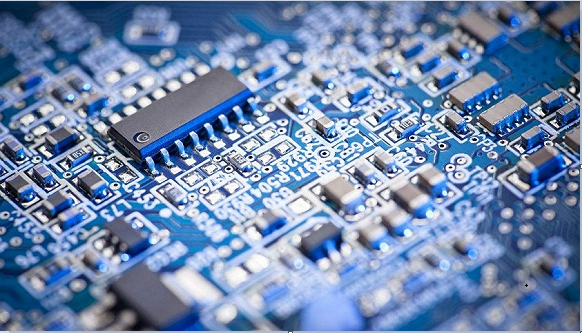With the continuous development of semiconductor technology, advanced processes, such as nanoscale processes, have become mainstream. These processes require extremely high levels of cleanliness in the production environment, and any small AMC contamination can have a significant negative impact on the quality and performance of the final circuit on the wafer. As a result, AMC monitoring has become an essential part of advanced semiconductor manufacturing processes to ensure that manufacturing processes are carried out under optimal environmental conditions. AMC stands for Airborne Molecular Pollutant. It refers to gaseous chemical pollutants in the environment that have the ability to settle on the surface of materials to form a monolayer film. AMC mainly includes four categories: acid vapor (MA), alkali vapor (MB), condensate (MC) and doping substance (MD). These pollutants may come from automobile exhaust, atmospheric ozone, and factory emissions outside the clean room, or from the volatilization of chemical solvents, etching acid gas, and the spillage of plastic products in the clean room.
With the development of semiconductor process technology, the cleanliness requirements for the production environment are more stringent, and AMC monitoring has become a necessary capital expenditure. The active expansion of the world's advanced manufacturing process provides a huge market opportunity for related equipment manufacturers. For example, Chuangkong Technology mentioned that with the completion of continuous shipments and customer acceptance before the end of the year, the company is cautiously optimistic about the revenue performance in the fourth quarter. This shows that the rigid demand for AMC control in advanced semiconductor processes is driving the development and revenue growth of related enterprises. As Moore's Law slows down, advanced packaging technology has become a key way to improve chip performance. Advanced packaging technologies such as 2.5D/3D packaging, system-in-package (SiP), etc., enhance the flexibility of functional matching by increasing the integration density and interconnection speed of chips. The development of these technologies has further increased the need for AMC control, as the control of contaminants in the packaging process is more stringent.

Figure: The demand for AMC control in advanced semiconductor manufacturing processes is growing
In recent years, companies such as Samsung Electronics and SK hynix have been competing fiercely to lead the next-generation semiconductor market in the era of artificial intelligence (AI). Both companies are trying to gain an edge through new product development and mass production. Samsung Electronics has pioneered the development of the 12-layer HBM3E and plans to begin mass production and supply it to NVIDIA later this year. At the same time, SK hynix also plans to achieve mass production of HBM4 in 2026 and cooperate with TSMC to produce HBM4 using TSMC's advanced logic process technology. This competition not only drives the development of technology, but also increases the need for AMC control to ensure the production quality of high-end chips.
In addition, the rise of China's semiconductor industry has also put forward higher requirements for AMC control technology. The Chinese government's support for the semiconductor industry is mainly reflected in policy support and capital investment to promote technological innovation and industrial chain integration. With technological progress and expanding market demand, China's semiconductor industry will continue to develop, and its global influence is expected to be further enhanced.
In terms of technological development, strengthening the research on the characteristics of process and air chemical pollution, researching and developing more efficient chemical filtration technologies and systems, developing filter-related materials with less outgassing, and researching and developing microenvironmental technologies and systems will become the research focus and technological development trends of enterprises in the industry. These studies will help improve the quality and performance of semiconductor products and meet the market demand for high-end semiconductor products.
Overall, with the continuous progress of semiconductor technology and the expansion of market demand, the demand for AMC control technology will continue to grow. This not only puts forward higher requirements for semiconductor manufacturers, but also provides huge market opportunities for related equipment and technology research and development enterprises.






